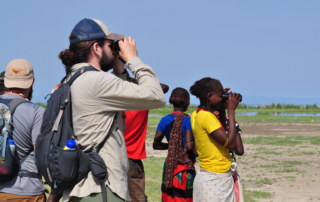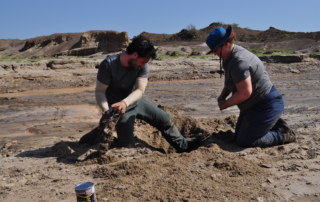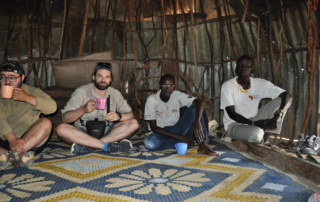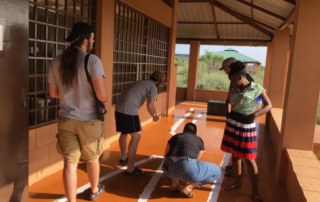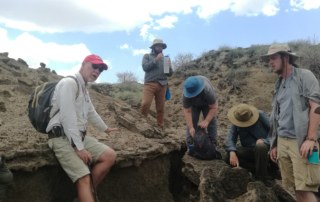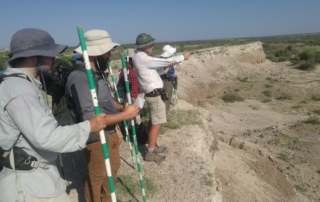Bird-watching with the locals
On Monday, students were introduced to the basics of anthropometrics, which are fundamental to understanding human physical variations in populations. Students have come to find out the importance of measuring weight, height, and body fat percentages in assessing diets and life-histories. As emphasized by our instructor, Zane, local adaptations influence much of the body form [...]

